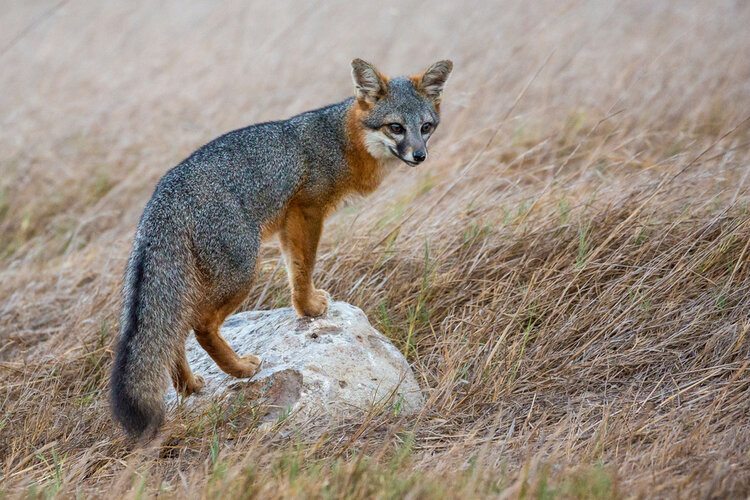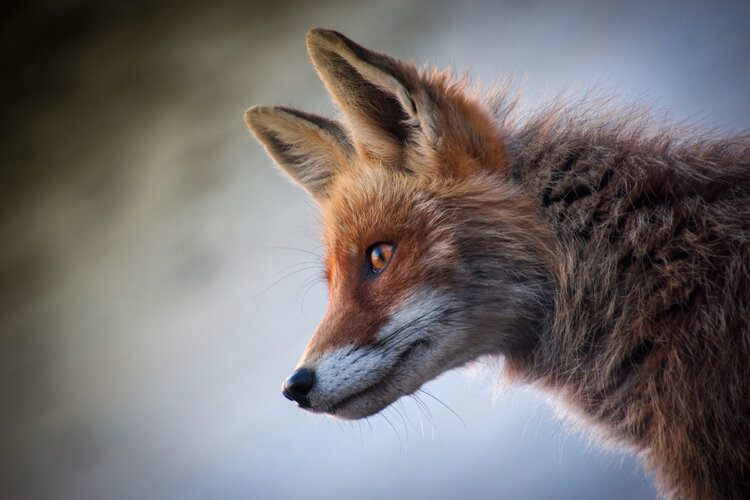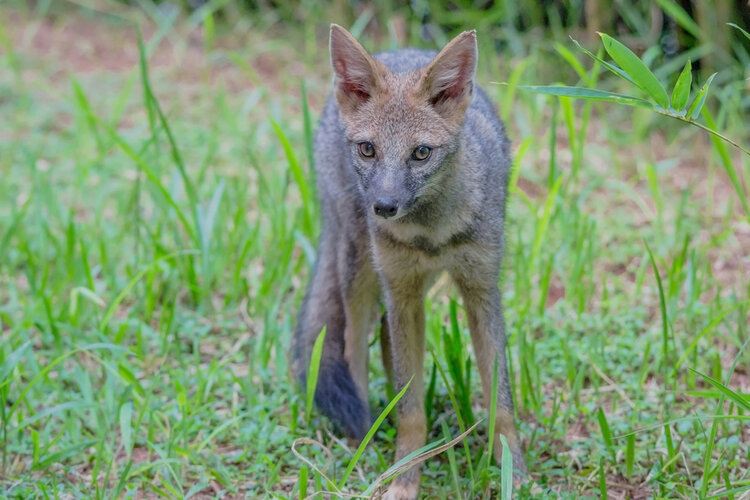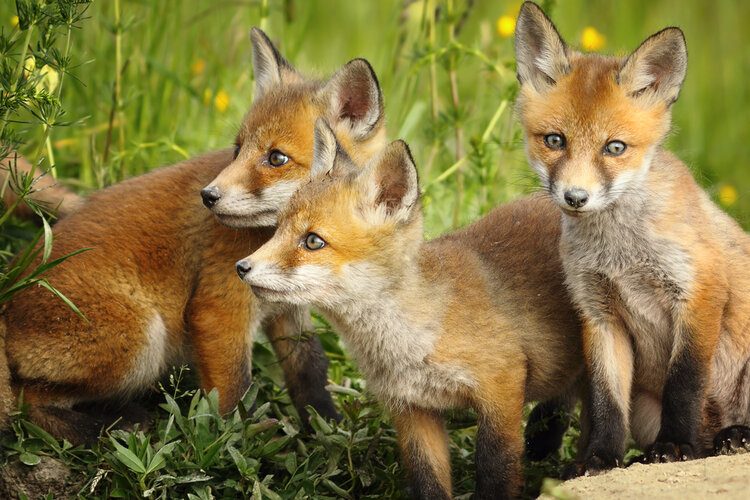In areas where foxes have been decimated by outbreaks of mange, their population has plummeted. Is this, however, the case throughout the world? The reality is that foxes as a species are doing exceptionally well all over the world. However, this does not imply that every fox population is increasing or remaining stable. We’ll have to dig a little deeper and look at the populations of different fox species in order to find out the truth.

Various fox species exist.
Some people believe that a fox is simply a fox. But, in reality, there are many different types of foxes, and they are all very different from one another in their appearance. You’re almost certainly familiar with the red fox, and you’ve probably heard of or seen an arctic fox before, perhaps at a zoo or in a park setting. Nonetheless, you might be surprised to learn that there are actually 37 distinct types of fox!
In reality, only 12 of those fox species are considered to be true foxes, according to scientific consensus. Despite the fact that they are all canids from the same animal family and that they are technically foxes, only 12 of them are members of the Vulpes genus.
Some of the other foxes you might be less familiar with include the Pale fox, the Fennec fox, the Pampas fox, the Crab-eating fox, or the Cape fox, which still only represents part of the entire fox family.
What kind of fox is the most common?

The red fox is the most common and widespread of all the foxes on the planet, and it is also the most common and widespread in North America. They can be found in virtually every region of the world, with the exception of the northernmost arctic regions, where arctic foxes predominate.
Red foxes have been successfully introduced into a number of countries where they are not naturally found. As a result, they become an invasive species in the area, decimating native animal populations and multiplying in numbers exponentially.
Only 100 years after a small number of red foxes were introduced to Australia for hunting purposes, they had colonized the entire continent and had taken control. They have now become an invasive pest that is decimating the bird, reptile, and mammal populations in the area. Red foxes are thought to number over seven million in Australia alone, according to estimates.
Despite the fact that red fox populations have taken massive hits, such as the 95 percent reduction in the fox population in Bristol, United Kingdom, as a result of a massive outbreak of mange, they are still thriving as a species around the world. “Red foxes are still thriving as a species around the world,” says a red fox expert. However, because their populations are dispersed across all seven continents and the majority of the world’s environmental regions, it is nearly impossible to determine their exact number of individuals.
The Endangered Fox Species Act protects the survival of the endangered fox species.
Despite the fact that red foxes are doing exceptionally well, not all of their cousins are doing so well. If you take a quick look at the International Union for Conservation of Nature (IUCN) website’s endangered species list, you’ll notice that there are a few species of fox that aren’t in as good of a shape as others.

The Island Fox is considered to be in imminent danger of extinction. When the population was last counted in 2013, it was estimated that approximately 4000 individuals remained, though the population appears to be growing.

Darwin’s Fox is the only fox species on the endangered species list, and it is found only in Australia. Unfortunately, the population of Darwin’s Foxes is declining at an alarming rate. There are only between 659 and 2,499 people left on the planet, according to estimates from 2016.

The Hoary fox is a species that is considered to be near threatened. According to the most recent estimate, which was conducted in March of this year, there are between 9,840 and 19,200 individuals left in the world, though the population is currently declining.
At this time, all other fox species are classified as being of least concern on the conservation list.
Populations of foxes throughout the world
So, here’s the big question: how many foxes are there left in the entire world today? There is no definitive answer to this question, and that is the truth. There are far too many fox species on the planet, and they inhabit far too much of the planet’s surface. They can be found in almost every type of environment and region on the face of the planet. During some periods of time, populations are exploding, while in other periods, disease is ravaging the population. It becomes extremely difficult to assess the species as a whole as a result of these factors. One thing is certain, however: foxes are not in any danger of becoming extinct in the near future.

Conclusion
There is no reason to be concerned about foxes becoming extinct. Only one species of fox is currently listed as endangered, with two more species listed as near threatened, according to the International Union of Conservation of Nature. All of the other species are thriving in their own right. In fact, red foxes are the most widely distributed and prevalent carnivores on the planet, and they have even begun to establish new territories as their own in recent decades, ensuring that they will be around for the foreseeable future.
Fox Reads that are related:
Images used in this post courtesy of taviphoto and Shutterstock
